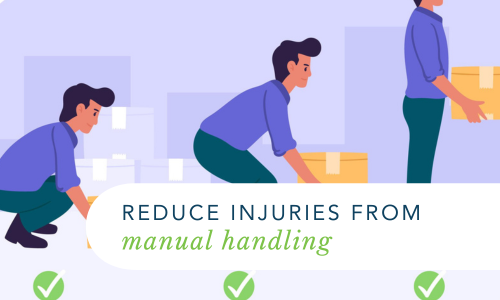MANUAL HANDLING

The manual handling training course is intended to provide your employees with an understanding of how to safely handle loads. It covers practical aspects of lifting, lowering, carrying, pushing and pulling loads. It also provides information on the human spinal system, risk assessment, the legal responsibility of employers to their employees and techniques for the prevention of accidents. The manual handling course involves knowledge development, and a series of practical exercises, followed by scenarios that allow the students to put their skills into practice.
Who should attend?
Employees that are expected to carry out any lifting and carrying during their work tasks or individuals that would just like to increase their knowledge base for safer lifting.
Benefits & Features
The advantages of manual handling training are threefold:-Compliance with health and safety lawEmployees correctly trained are less likely to injure themselves or othersEmployees that attend the training complete a simple written section that checks their knowledge and comprehension thus making it less likely that a claim will be made against you.This training course provides an insight into the risk associated with moving and handling and teaches safer lifting and handling techniques.
Course Content
- Introduction to what is Manual Handling
- Responsibilities under Manual Handling Operations Regulations 1992.
- Learn safer moving and handling techniques.
- Practical techniques and manual handling assessments.
- Responsibilities of managers and senior staff.
- How to control and minimize the risk.
- How to formulate policies, procedures and maintain documentation.
Course duration Half day. Minimum number of trainees 4, maximum number 12